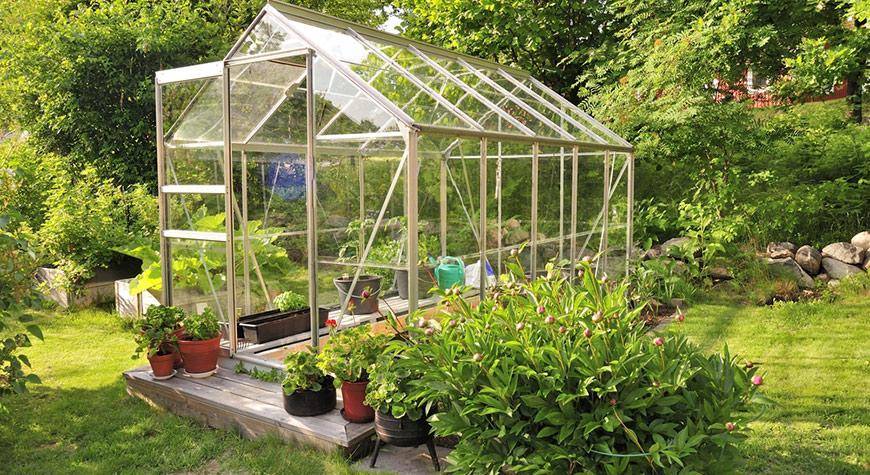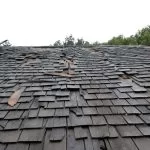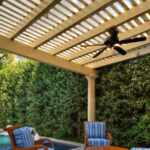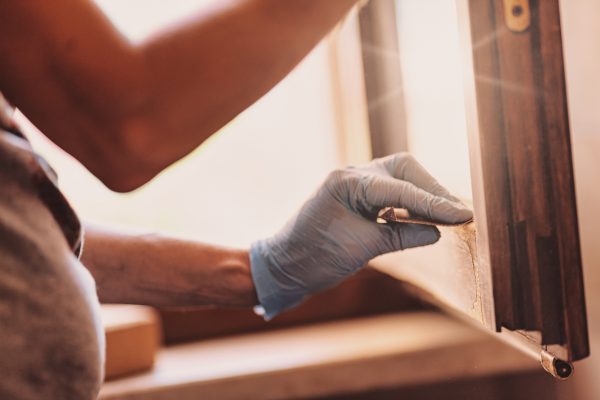A greenhouse is a building that is designed to protect and care for plants from all kinds of weather changes. Greenhouses are usually made with curved roofs and are usually made of transparent materials such as glass, UV plastic, acrylic, and so on.
There are several reasons why greenhouses are made with transparent roofs, one of which is so that sunlight can enter directly to shine on some of the plants inside.
Greenhouses are often used to grow flowers, fruit, and tobacco plants. Bees of the genus Bombus are the pollinators of choice for many greenhouse pollinations, although other types of bees are also used, as well as artificial pollination.
Many vegetables and flowers are grown in greenhouses in late winter or early spring, only to be moved outside once the weather warms. The enclosed space of a greenhouse has unique requirements when compared to outdoor production. Pests, disease, high heat, and humidity must be controlled, as well as irrigation.
Greenhouses are becoming important in providing food in countries near the Arctic Circle. The world’s largest greenhouse complex is located in Leamington, Ontario (near the southernmost point of Canada) where approximately 200 “acres” (0.8 km²) of tomatoes are grown in glass. There are many benefits to greenhouses, but which type is right for your needs? Consulting a local lawn specialist will help but continuing to read this article can help you understand the “basics” of greenhouses.
We’re going to present three types of greenhouses that can be adjusted to your crop:
- Chapel Greenhouses
The chapel-type greenhouse, also called multi-chapel, is characterized by the shape of its roof, which is formed by curved semicircular arches and by its all-metal structure. This type of greenhouse is within the multi-tunnel category and offers advantages such as few obstacles in its structure, good ventilation, and good tightness to rain and air. It also allows the installation of overhead ventilation and offers a good distribution of luminosity inside it.
- Tunnel greenhouse
The tunnel-type greenhouse does not have straight walls and therefore, its structure is completely curved from the fixing point on the ground to the ridge. Like other types of greenhouses, it offers some advantages, these are:
- It is an economical and simple greenhouse.
- Offers better climate control capabilities than a flat greenhouse.
- Supports air conditioning systems.
- It considerably reduces the problem of condensation and dripping of water on crops, which favors the evacuation of water from condensation on the plastic cover towards the walls thanks to the greenhouse fabrics.
- Shade mesh greenhouses
They have the simplest structures among all types of greenhouses. Here are the advantages provided by a shade mesh greenhouse:
- Great adaptability to the geometry of the terrain.
- It has great luminous uniformity.
- Quick assembly.
Regardless of the type of greenhouse your crop has, it needs quality products to offer optimal results.
After all, taking into account that crops benefit during their productive cycle with agricultural products, greenhouses help protect these crops from climatic changes and also generate greater control over climatic conditions.











